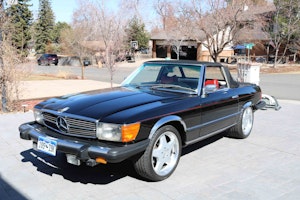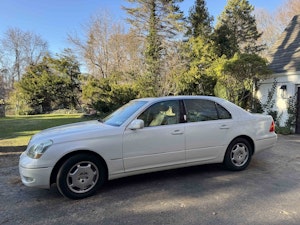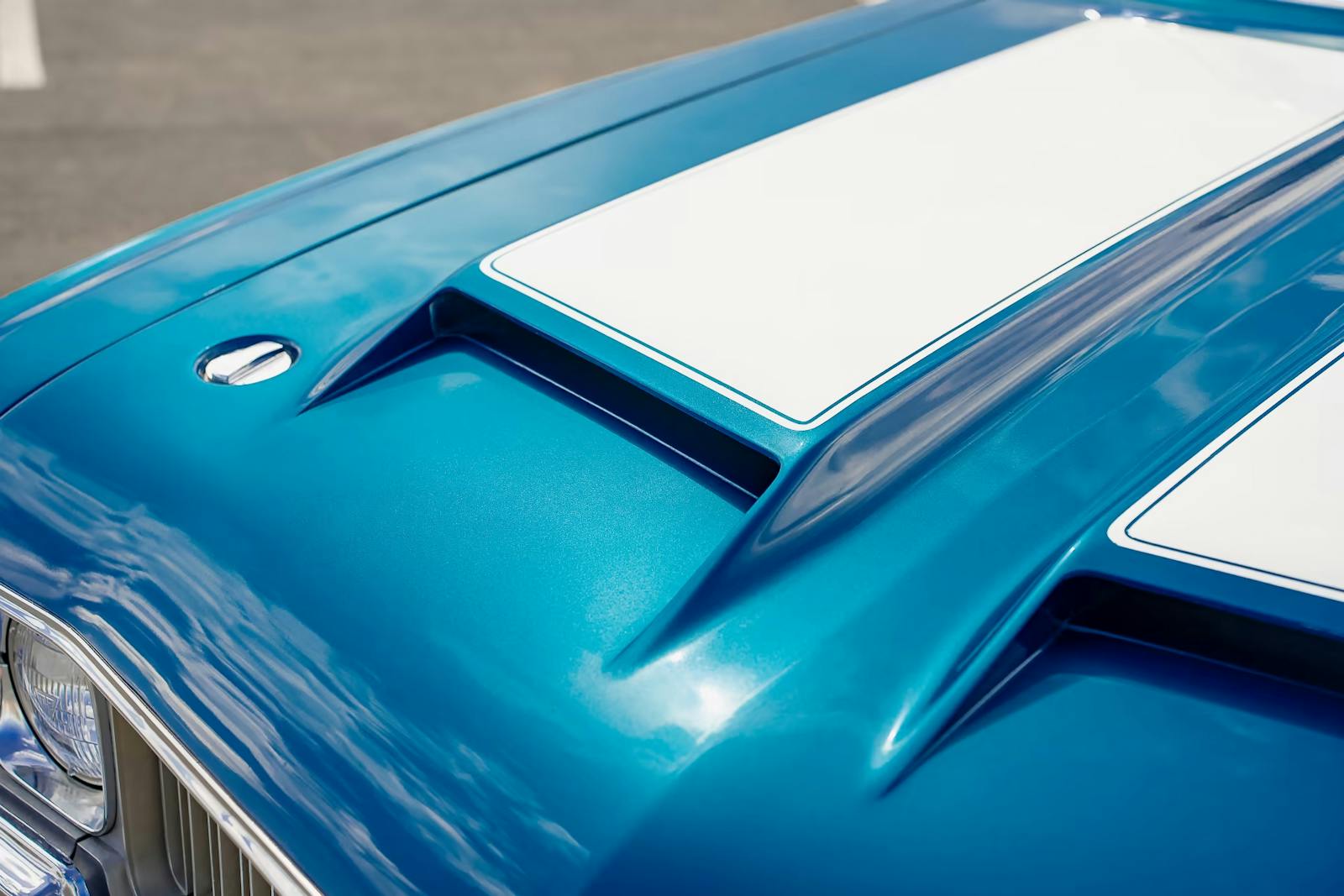Media | Articles
Seven Forgotten Performance Cars of the ’80s and ‘90s
If you were driving in the 1980s and early ‘90s, you witnessed the rebirth of performance cars after the drought of the 1970s. In this post-malaise period, we saw hot V-8s return, and the Buick GNX was the period’s turbo superhero. Carmakers deserve credit for exploring many routes toward keeping performance alive back then, even if a few efforts fell flat. Here are seven that enthusiasts might have forgotten.
Remember a more obscure performance car from this period? Mention it in the comments section.
1983 Mustang GT Turbo
Ford raised eyebrows when it introduced the EcoBoost turbo four-cylinder engine for the 2015 Mustang as an optional upgrade over the standard 300-horsepower V6. At least the turbo-four makes the Mustang a bit quicker for your extra $1,500. In 1983, though, Ford offered a turbo-four option for the Mustang GT that cost $250 more (about $600 today) than the standard the 5.0-liter, 4-barrel H.O. with 175 horsepower and 245 lb.-ft. of torque. In return for your extra cash, you gave up 25 horses and 65 lb.-ft. of torque. What a deal! No wonder Ford sold fewer than 500 of them.
1984 Ford Escort Turbo GT
Today’s Ford Fiesta ST is one of the hottest hatches around, a blast to drive with a 197-horsepower 1.6-liter turbo and a six-speed stick and costing thousands of dollars less than a MINI Cooper S. So don’t laugh when we recall this car’s ancestor, the 1984 Escort Turbo GT. Its 1.6-liter engine made 120 horsepower, a respectable number for a 2,200-lb. car more than 30 years ago. That was 30 ponies more than the revered Volkswagen GTI and 10 more than the 2.2-liter in that year’s Dodge Omni GLH. The boosted Escort could run zero to 60 in around nine seconds, and the quarter-mile in 16.8 compared to the GTI’s 10.6 / 17.7.
1989-1990 Pontiac Grand Prix Turbo
The 1988 Pontiac Grand Prix, Motor Trend’s Car of the Year, was arguably the best driving of GM’s “W” body front-drive midsize models. Lacking a performance engine, though, Pontiac teamed up with ASC and McLaren (the same team responsible for Buick’s GNX) to build a special model with a 205 horsepower turbocharged and intercooled version of the GM 3100 V6. The resulting aero-enhanced coupe offered impressive luxury and tech, including a steering wheel full of remote control buttons and a head-up display. Price was high at around $28,000 — $3,000 more than the 20th Anniversary Trans-Am!
Marketplace
Buy and sell classics with confidence
The venture made 751 cars for 1989 and 3,714 for 1990. The turbo 3.1 was also available in the 1990 Grand Prix STE sedan, but the engine was discontinued in 1991 making way for the Twin Dual Cam 3.4-liter V-6. Today, there’s a Facebook page and Google+ site for the Grand Prix Turbo faithful.
1989-1992 Mitsubishi Galant VR-4
Mitsubishi’s rally-bred Lancer Evolution didn’t come to the States until 2003, but the basis for its previous World Rally Championship car had already been here in 1989, the larger Galant VR-4 sedan. Mitsubishi’s famous 4G63 2.0-liter turbo four made 195 horsepower, and all-wheel drive got it to the road with a 50:50 torque split. MotorWeek coaxed zero-to-60 in 6.5 seconds. The Galant VR-4 was an early adopter of four-wheel steering to sharpen agility, too. Price was $21,000, and a CD stereo system was a whopping $800 extra.
1990-1991 Olds Quad 442
The Oldsmobile Division developed the Quad 4, GM’s first regular-production DOHC four-valve, four-cylinder engine. This iron-block 2.3-liter unit (later, 2.4 liters) made 150 horsepower in base form, impressive for the time. In 1990, Olds revived the 4-4-2 name for a Quad 4-powered Calais, the Division’s front-drive compact. The “Quad 442” name meant 4-cylinder, 4-valves per cylinder and 2 camshafts. Known as the W40 package, it included the high output engine that produced 180 horsepower. The Quad 442 was a quick, if noisy, machine.
For 1991 only, to homologate the car for showroom stock road racing, Olds offered the W41 package, which included a 190-horse engine, a five-speed and a very low final drive ratio. It looked like a sporty rental car but could run a sub-15-second quarter-mile. Olds made about 3,800 W40’s but just 204 W41’s.
1990-1993 Chevrolet Beretta GTZ
The Oldsmobile Quad 4’s best looking home was probably the Chevy Beretta GTZ, introduced for 1990. The aero-slick GTZ teamed the 180 horsepower H.O. version to a Muncie/Getrag five-speed. MotorWeek got zero to 60 in 7.5 seconds and the quarter-mile in 15.9 at 89 mph – only a few ticks behind the first-gen Ford Probe GT (and about the same as a 2016 Chevy Cruze sedan!).
The Beretta GTZ also came with sport suspension and body-color 16-inch alloy wheels. MotorWeek praised the GTZ’s handling but knocked its hard ride, clunky shifter and hair-trigger clutch. Chevy did V-8 muscle better, but the Beretta GTZ was a decent try at the kind of high-revving front-drive machine that young buyers would embrace in the 1990s.
1991-1992 Dodge Spirit R/T
If for some reason you hankered for an affordable ($18,000) 140-mph sedan in 1991, Chrysler had you covered with the Dodge Spirit R/T. This was the ultimate sleeper; the dowdy Dodge sedan’s design looked about as sexy as a Volvo 240, but under its hood was the 224-horsepower Turbo III, a 2.2-liter turbo-four with a DOHC, 16-valve head designed by Lotus. The Spirit R/T came with a beefed up five-speed stick and could zing through the quarter-mile in 14.5 seconds at nearly 100 mph.
The $57,000 BMW M5 was just slightly quicker. Dodge sold 1,208 Spirit R/T’s in 1991, then another 191 the following year. Sales continued in Mexico, where the car was built, through 1993. For an even rarer forgotten hot Dodge, look for a Daytona IROC R/T. It had the same powertrain with similar performance, and the same problem with timing belts, too.










